 The growing appreciation of behavioral psychology in investing is basically us admitting that we aren’t perfectly rational. When you make people automatically opt-in to 401(k) plans and make their contributions increase automatically, they save more. We value stocks more simply because we own them (“endowment effect”). We hate losing money more than we enjoy winning (“loss aversion”).
The growing appreciation of behavioral psychology in investing is basically us admitting that we aren’t perfectly rational. When you make people automatically opt-in to 401(k) plans and make their contributions increase automatically, they save more. We value stocks more simply because we own them (“endowment effect”). We hate losing money more than we enjoy winning (“loss aversion”).
A recent research paper tells us (in my own words) that having liquid cash has a stronger correlation effect to happiness than having a bigger retirement portfolio, a higher income, or paying down your debt. This is coming from the NYT article Yes, Numbers Matter in Money Decisions, but So Do Emotions linking to the Kitces post Buying Happiness And Life Satisfaction With Greater Cash-On-Hand Reserves linking to academic paper How Your Bank Balance Buys Happiness: The Importance of “Cash on Hand” to Life Satisfaction. Here’s the abstract:
Our results suggest that having a buffer of money available in checking and savings accounts confers a sense of financial security, which in turn is associated with greater life satisfaction. The strength of this association was comparable to the effect of investments—which may themselves be liquid assets (e.g., money market accounts)—and slightly greater than the effect of debt status. By contrast, higher income and spending—the amounts going into or out of a person’s bank account—were not associated with increased financial well-being after liquid wealth was included in the model. This finding suggests that people with low liquid account balances may feel more economically distressed—and thus less satisfied with their lives—than their peers with higher balances, even if their incomes and spending, considered separately from their account balances, would predict high financial security.
Michael Kitces took the numbers from the paper and created this useful graphic:
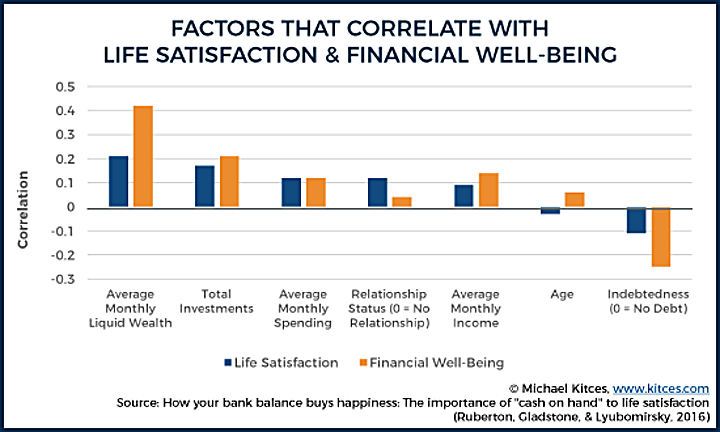
I dug up some more specific numbers from the paper:
To put our results into context, we found that going from having £1 to having £1,000 (a 3-log increase) in one’s bank accounts each month—not rags-to-riches, but merely rags-to-sufficiency—is associated with an average gain of 2 points (10% of a 20-point scale) in life satisfaction by virtue of feeling more secure about one’s finances. However, because liquid wealth was log transformed, further increasing liquid assets from £1,000 to £10,000 (a 1-log increase) was associated with an expected increase of just 0.7 further points on the same scale.
There are diminishing returns with accumulating cash reserves past a certain size. Going from $1 to ~$1,500 in your bank account improves your life satisfaction more than twice as much as going from ~$1,500 to ~$15,000.
This is similar to the findings that happiness increases with higher income until $60,000 to $75,000 per year. Above that level, happiness still increases but at a much lower rate.
On a certain level, this is common sense. Having a hunk of cash available for emergencies should make you feel more secure. However, in purely mathematical terms you should feel the same if you put $1,500 into your retirement account or if you paid down $1,500 of debt. Money is fungible. But your mind doesn’t necessarily agree, and perhaps it is better to work within that bias rather than fight it.
Bottom line. It may not be rational, but putting money towards a modest cash cushion can make you happier than putting every last penny towards paying down debt or your 401(k) retirement account. After a certain point this “cash is king” effect diminishes. (I might carve out an exception for 401(k) matches that effectively double your money at no risk.)
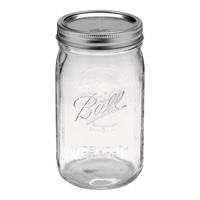 I enjoyed reading this NYT article
I enjoyed reading this NYT article 
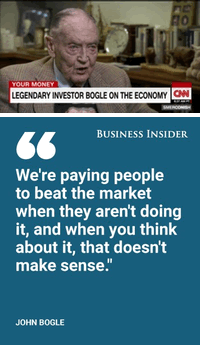 If you haven’t gotten a dose of Jack Bogle wisdom recently, check out this
If you haven’t gotten a dose of Jack Bogle wisdom recently, check out this 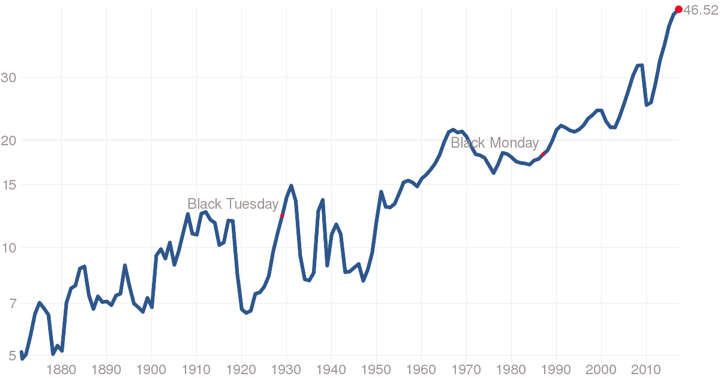
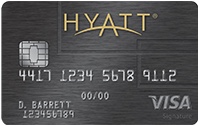
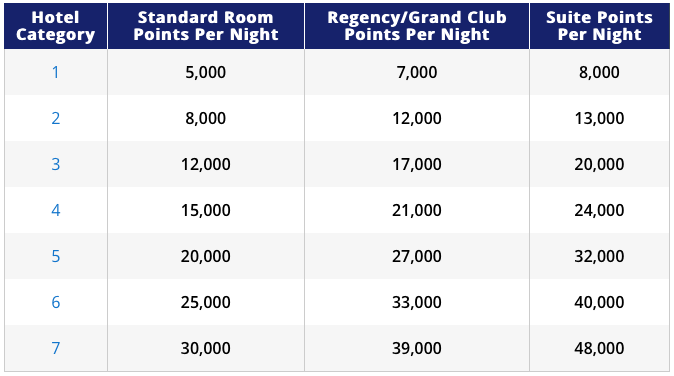
 The
The  Mmm… caffeine. Here’s a new promotion with Starbucks and Microsoft Outlook that is basically a Give 1 Get 1 Free $5 Starbucks eGfit Card. Here is the
Mmm… caffeine. Here’s a new promotion with Starbucks and Microsoft Outlook that is basically a Give 1 Get 1 Free $5 Starbucks eGfit Card. Here is the 
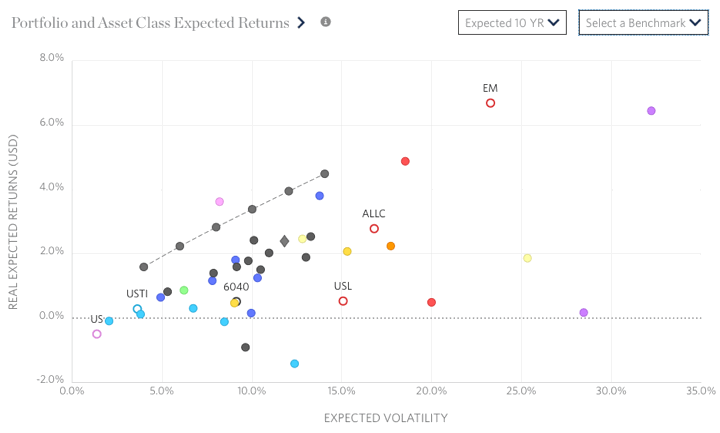
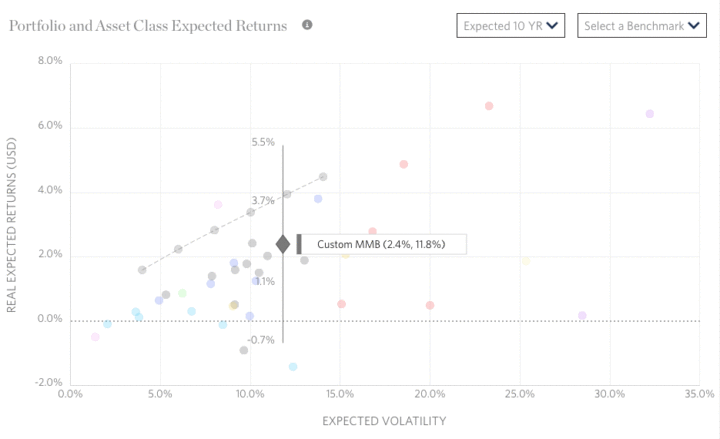
 I just noticed that PortfolioCharts.com has updated their
I just noticed that PortfolioCharts.com has updated their 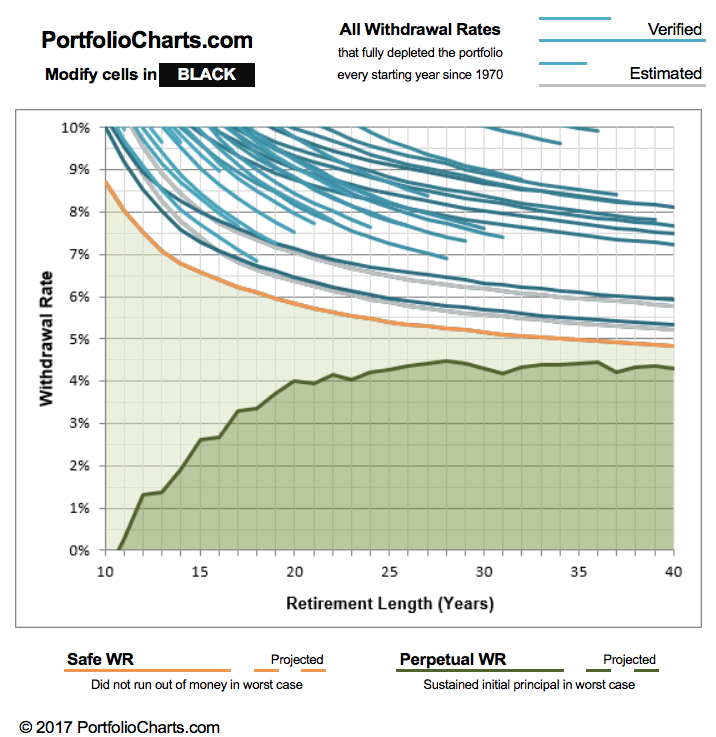
 I’ve been told that my blog isn’t personal enough. Father’s Day seemed like an appropriate time to share how our efforts towards financial freedom have altered our day-to-day lives.
I’ve been told that my blog isn’t personal enough. Father’s Day seemed like an appropriate time to share how our efforts towards financial freedom have altered our day-to-day lives.
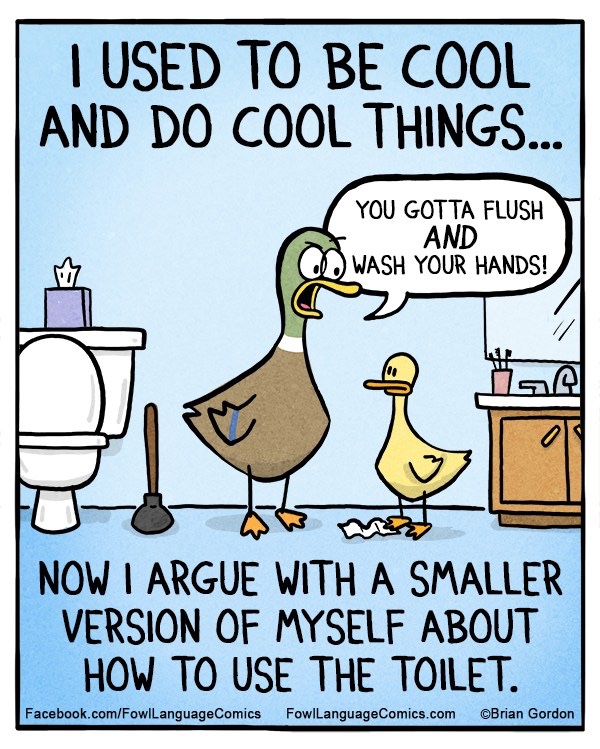

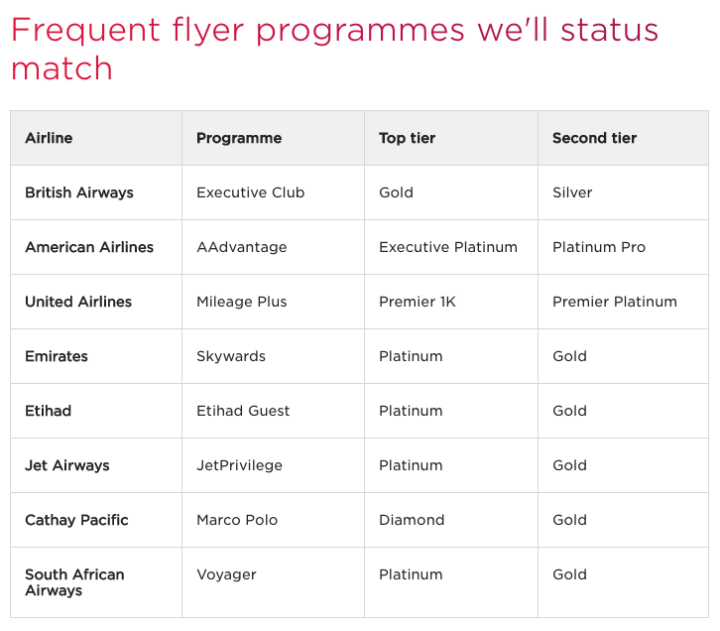
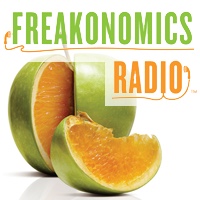
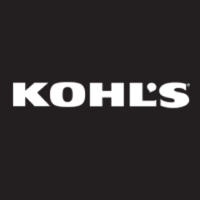 If you have a
If you have a 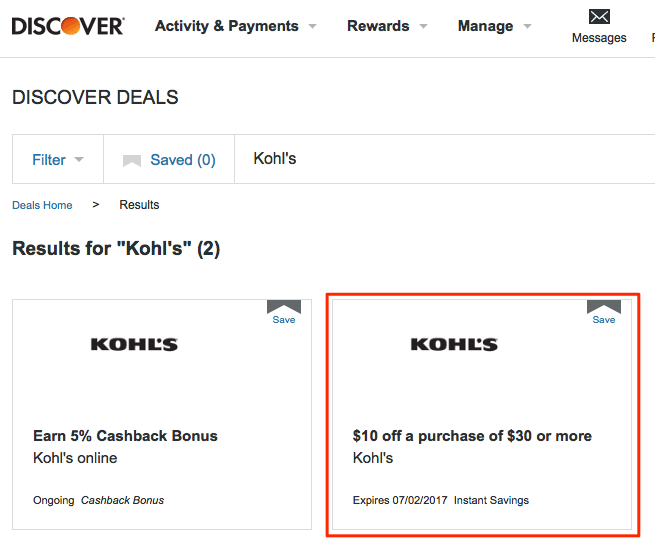
 The Best Credit Card Bonus Offers – March 2024
The Best Credit Card Bonus Offers – March 2024 Big List of Free Stocks from Brokerage Apps
Big List of Free Stocks from Brokerage Apps Best Interest Rates on Cash - March 2024
Best Interest Rates on Cash - March 2024 Free Credit Scores x 3 + Free Credit Monitoring
Free Credit Scores x 3 + Free Credit Monitoring Best No Fee 0% APR Balance Transfer Offers
Best No Fee 0% APR Balance Transfer Offers Little-Known Cellular Data Plans That Can Save Big Money
Little-Known Cellular Data Plans That Can Save Big Money How To Haggle Your Cable or Direct TV Bill
How To Haggle Your Cable or Direct TV Bill Big List of Free Consumer Data Reports (Credit, Rent, Work)
Big List of Free Consumer Data Reports (Credit, Rent, Work)